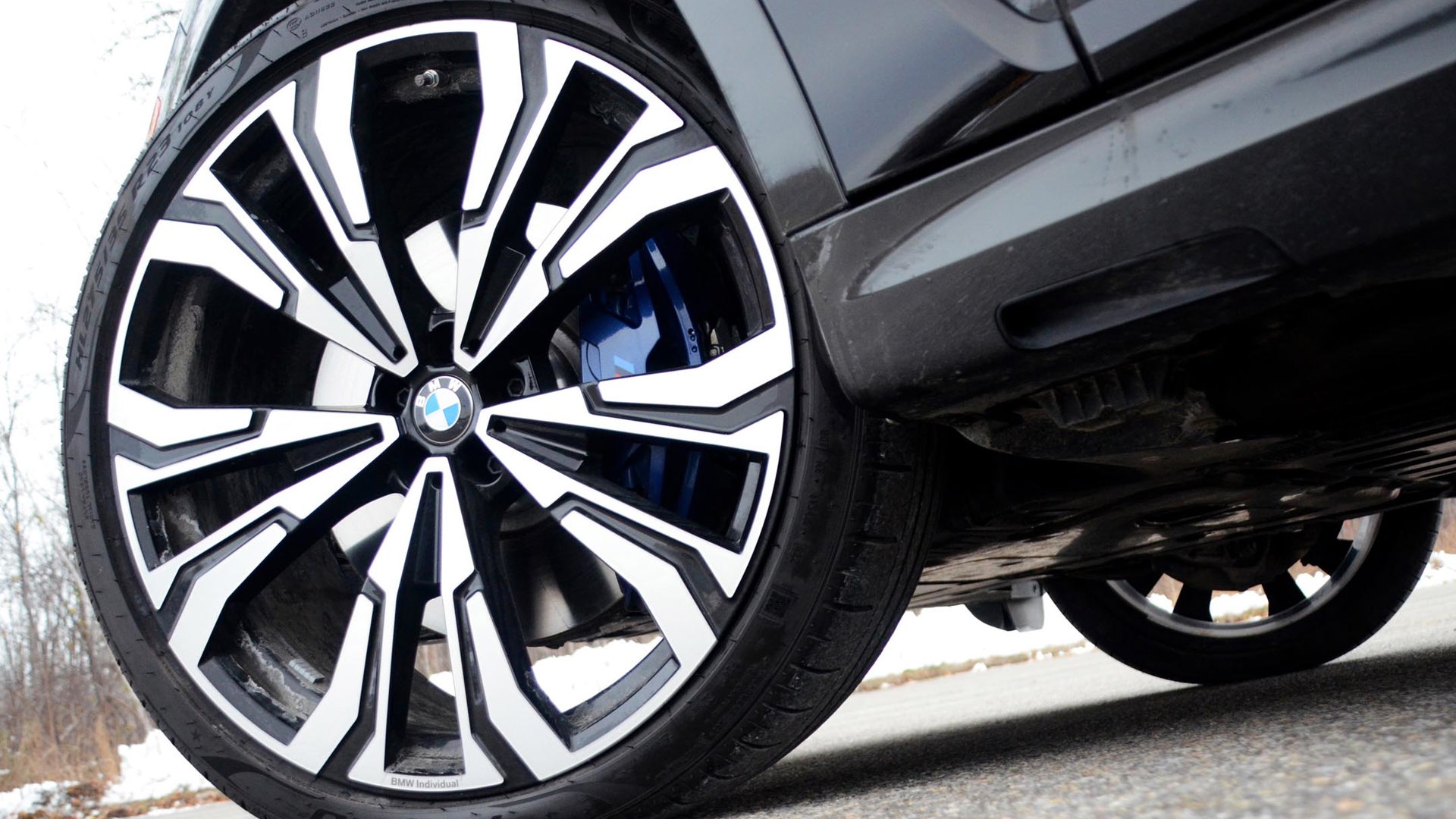There’s no denying the aesthetic appeal of larger wheels and tires. Larger wheels with low-profile tires look great, which is why manufacturers often include larger wheel and tire packages with their higher-priced trims.
However, this upgrade may lead to disappointment. In fact, here are four factors you should keep in mind when contemplating either upgrading to a larger wheel and tire package when buying a new vehicle, or installing larger wheels and tires (also known as “plus-sizing”) if you already own a vehicle.
1. Cost of Replacement Tires
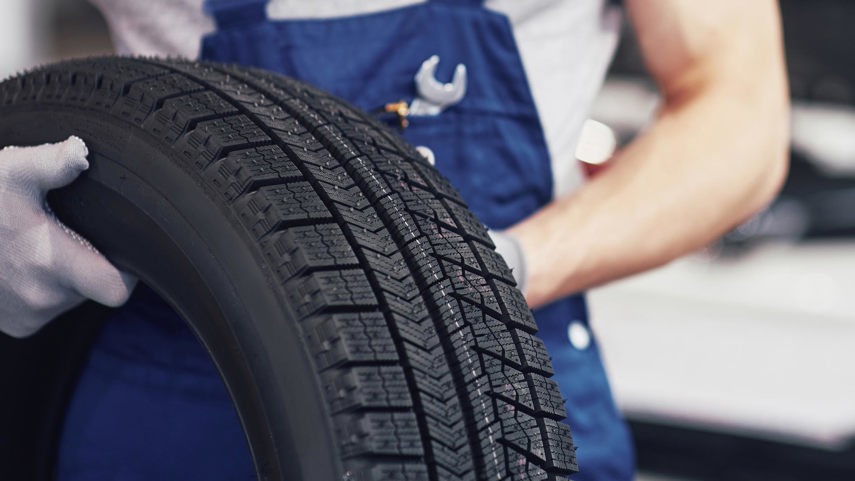
Quite a few drivers are shocked to find out how much a set of new low-profile tires will cost them. They may have upgraded to a larger wheel/tire package when purchasing a new car, only to find out that they’re going to have to pay a premium to replace them.
The larger the tire, the higher the price. For example, a popular tire brand offers a 17-inch tire for $204, while the 18-inch version sells for $215, and the 20-inch for $256. All three tires fit the same vehicle, but you’ll end up paying a premium of $208 for a set of four if you upgraded from 17- to 20-inch wheels. This, of course, is just an example. Your numbers will vary, depending on the size and the type of tire, so it’s best to do your homework before making the commitment.
2. A Rougher Ride
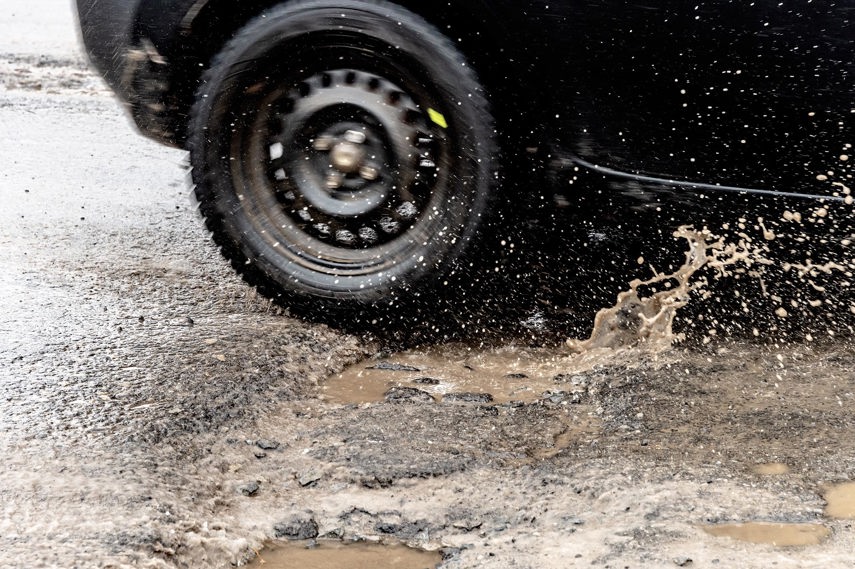
Low-profile tires look great because of the shorter sidewall height. That shortened sidewall, however, means that there’s less rubber there to absorb bumps in the road, which translates into a bumpier ride.
Not only will you and your passengers feel the bumps, but so will your wheels. If you hit a pothole, for example, you’re more likely to damage the wheel with a lower-profile tire, simply because there’s less rubber between the pothole and the wheel to cushion the blow. If the pothole is really bad, you might even blow out the tire.
That bumpy ride will also impact your suspension. With higher-profile tires, some of those bumps are absorbed by the sidewall of the tire. With lower-profile tires, there’s less rubber to absorb the abuse, which means that the suspension has to work harder and take more of a beating.
3. Easier to Scuff
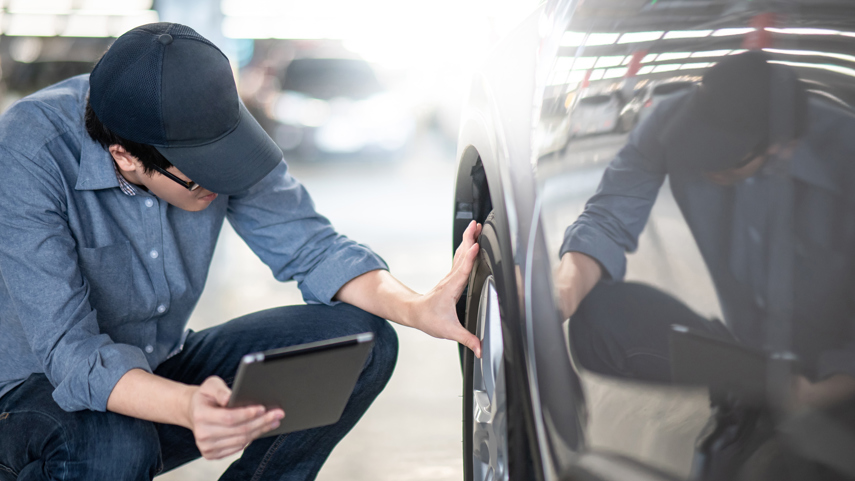
Not only are low-profile tires more likely to get damaged when hitting a pothole, but the larger wheel/lower-profile tire combo is more likely to get scuffed up in day-to-day use when driving around town or parking. The taller the sidewall, the less likely the wheel is to be damaged if you hit a curb when driving or parallel parking on a street beside a curb.
Moreover, scratched wheels take away from the aesthetic appeal of larger wheels and tires, which is the reason you upgraded in the first place. So although it’s natural to want to repair or replace a scuffed wheel, the larger the wheel, the more expensive it will be to replace.
4. Fuel Economy
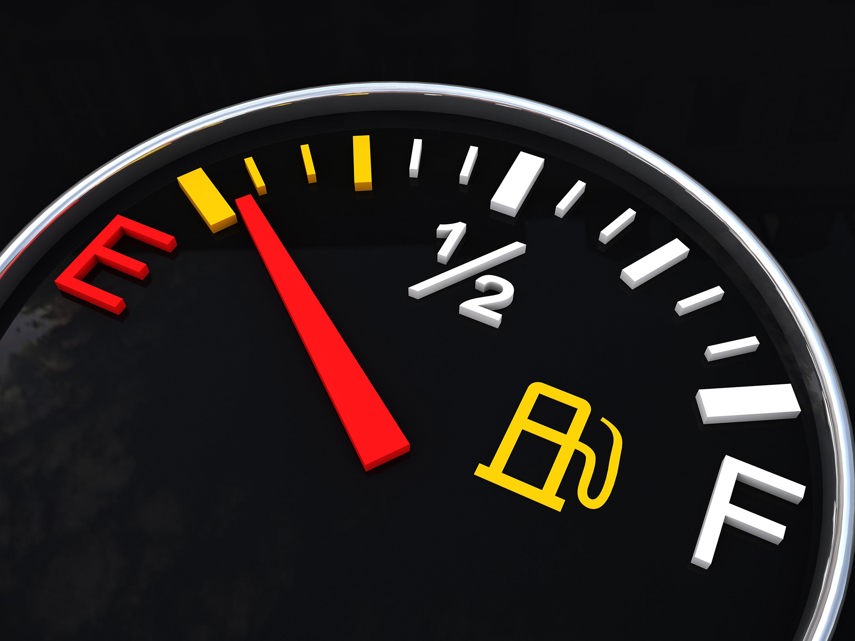
Larger wheels are typically heavier, and they have a higher rolling resistance than their smaller counterparts. This means that it takes more energy to get larger tires rolling, which impacts fuel economy. This also impacts acceleration, which means that the larger and heavier the wheels, the longer it will take you to get up to speed.
The fuel economy issue, however, is not as black and white as it would seem. According to the U.S. Department of Energy, vehicles equipped with larger wheels and tires will see their fuel economy drop when driving in the city or in stop-and-go traffic on the highway. That’s because it takes more energy to get the larger and heavier wheels rolling, and if you’re constantly stopping in traffic, then you’re going to have to burn more fuel to get back up to speed, over and over again.
On the highway, however, the reverse seems to be true, according to the U.S. Department of Energy. The larger and heavier wheels increase a vehicle’s fuel economy on the highway because once the wheels are moving, the engine doesn’t have to work as hard to keep them moving.
The above concerns should in no way dissuade you from upgrading to larger wheels and tires. If you love cars and love the way low-profile tires enhance handling and improve your vehicle’s overall appearance, then plus-size to your heart’s content. Just keep these facts in mind as you upgrade so you know what to expect.
